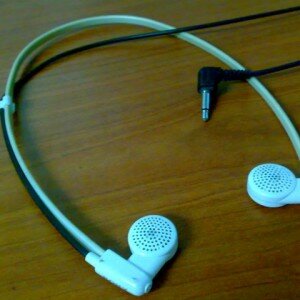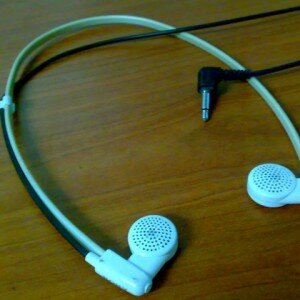Common reference materials used by medical transcriptionist
Software programs that can be installed aside from the Internet are very powerful tools to aid a transcriptionist in a day’s job.
Depending on the type of report that is being transcribed, I often have the Stedman’s Medical Dictionary on hand. These resources are already categorized per specialty and very useful. For those who do not have any medical background, these are helpful in searching words or abbreviations.
I oftentimes use the Quick Look Electronic Drug Reference not only to look for the name medication and check the spelling, but also to double check the dosage dictated. It helps to check whether what I hear is consistent with the listed common dosage because transcribing the wrong one may be life-threatening to the patient. There are some new drugs not listed in this reference but there is always the Internet! One must just be sure to browse the correct site; for example, the homepage of the company that produces the drug.
Medical doctors usually dictate names of other doctors and practitioners in their report. There are websites like thegreatdictator.com and healthgrades.com to reference the correct spelling of the practitioners. One can also use the American Medical Association website for doctor finder to double check the name of the physician.
Sometimes, the dictators will not be spelling out the names of their patients. One can use intellius.com and usa-people-search.com to key in what is initially heard. With these sites, a number of fields like first name, last name, state, age can be use to look for the name of the patient.
In addition to the above mentioned resources, the built-in programs like the dictionary, grammar check, and spell check of a word processor are also some of the common aids a transcriptionist uses daily.
~Miriam Flores~






